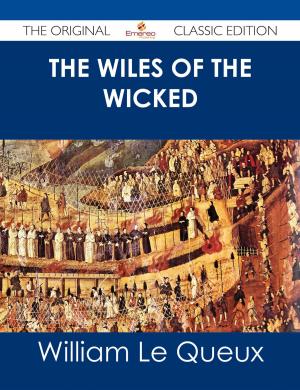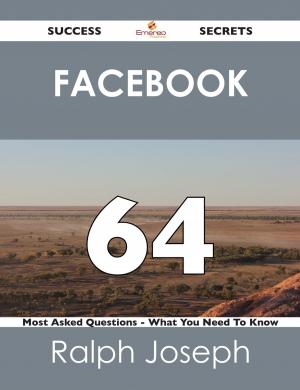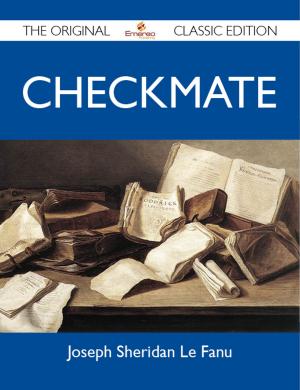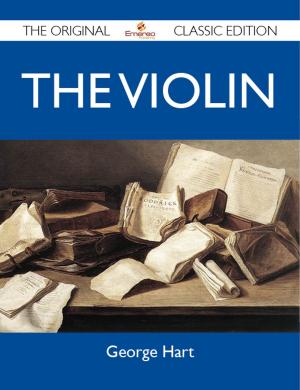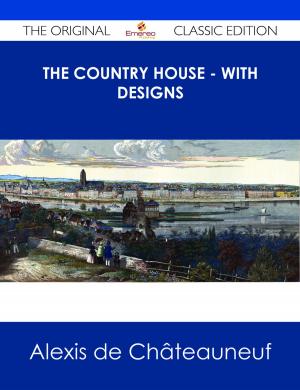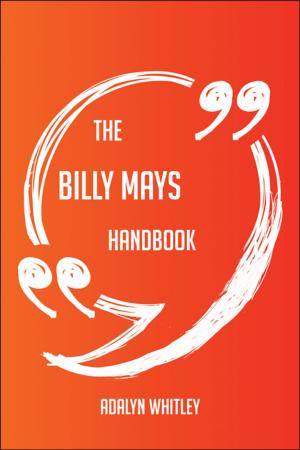London Before the Conquest - The Original Classic Edition
Nonfiction, Reference & Language, Reference, Fiction & Literature| Author: | W. R. (William Richard) Lethaby | ISBN: | 9781486448982 |
| Publisher: | Emereo Publishing | Publication: | March 18, 2013 |
| Imprint: | Emereo Publishing | Language: | English |
| Author: | W. R. (William Richard) Lethaby |
| ISBN: | 9781486448982 |
| Publisher: | Emereo Publishing |
| Publication: | March 18, 2013 |
| Imprint: | Emereo Publishing |
| Language: | English |
Finally available, a high quality book of the original classic edition of London Before the Conquest. It was previously published by other bona fide publishers, and is now, after many years, back in print.
This is a new and freshly published edition of this culturally important work by W. R. (William Richard) Lethaby, which is now, at last, again available to you.
Get the PDF and EPUB NOW as well. Included in your purchase you have London Before the Conquest in EPUB AND PDF format to read on any tablet, eReader, desktop, laptop or smartphone simultaneous - Get it NOW.
Enjoy this classic work today. These selected paragraphs distill the contents and give you a quick look inside London Before the Conquest:
Look inside the book:
Green’s views, as given in his Conquest of England, that Saxon London “grew up on ground from which the Roman city had practically disappeared”; that the Roman north gate and the north-to-south street were considerably to the east of the line of Bishopsgate and Gracechurch Street; andPg 4 that the Tower of London was built by the Conqueror on “open ground only recently won from the foreshore of the river.” ...As to Geoffrey’s other story, which put a brazen man on a brazen horse over Ludgate, it would appear to be a variation on the story of the brazen horse of Vergilius, but I think we may find the origin of its localisation at Ludgate in the well-known coin of Claudius, which shows an equestrian image above an arch of triumph lettered de britann. ...As the greatest of all London events in this space of time was the resettlement of the city by Alfred, less than two centuries before Duke William entered within its walls, and as London may readily be supposed to have altered very little in that time, we may well take the reign of the great king, who died exactly a thousand years ago, as the centre of gravity of the whole period, and the pages which follow might very well be called an account of London in the time of Alfred.
About W. R. (William Richard) Lethaby, the Author:
The Guild was formed from a nucleus drawn from two separate groups, the St George’s Art Society, a group of architects who had seen service in the offices of Norman Shaw, including Ernest Newton, Mervyn Macartney, Reginald Barratt, Edwin Hardy, Lethaby and Edward Schroeder Prior, and the Fifteen, founded by the designer and writer Lewis Day and the illustrator and designer Walter Crane. ...From 1889 Lethaby worked only part time for Shaw and increasingly practiced independently, designing a wide range of products - books, furniture and stained glass as well as buildings - exploring the mystical symbolism of medieval and non-European design and architecture: themes he was to elaborate in his first and most famous (though arguably least representative) book Architecture, Mysticism, and Myth, published in 1891.
Finally available, a high quality book of the original classic edition of London Before the Conquest. It was previously published by other bona fide publishers, and is now, after many years, back in print.
This is a new and freshly published edition of this culturally important work by W. R. (William Richard) Lethaby, which is now, at last, again available to you.
Get the PDF and EPUB NOW as well. Included in your purchase you have London Before the Conquest in EPUB AND PDF format to read on any tablet, eReader, desktop, laptop or smartphone simultaneous - Get it NOW.
Enjoy this classic work today. These selected paragraphs distill the contents and give you a quick look inside London Before the Conquest:
Look inside the book:
Green’s views, as given in his Conquest of England, that Saxon London “grew up on ground from which the Roman city had practically disappeared”; that the Roman north gate and the north-to-south street were considerably to the east of the line of Bishopsgate and Gracechurch Street; andPg 4 that the Tower of London was built by the Conqueror on “open ground only recently won from the foreshore of the river.” ...As to Geoffrey’s other story, which put a brazen man on a brazen horse over Ludgate, it would appear to be a variation on the story of the brazen horse of Vergilius, but I think we may find the origin of its localisation at Ludgate in the well-known coin of Claudius, which shows an equestrian image above an arch of triumph lettered de britann. ...As the greatest of all London events in this space of time was the resettlement of the city by Alfred, less than two centuries before Duke William entered within its walls, and as London may readily be supposed to have altered very little in that time, we may well take the reign of the great king, who died exactly a thousand years ago, as the centre of gravity of the whole period, and the pages which follow might very well be called an account of London in the time of Alfred.
About W. R. (William Richard) Lethaby, the Author:
The Guild was formed from a nucleus drawn from two separate groups, the St George’s Art Society, a group of architects who had seen service in the offices of Norman Shaw, including Ernest Newton, Mervyn Macartney, Reginald Barratt, Edwin Hardy, Lethaby and Edward Schroeder Prior, and the Fifteen, founded by the designer and writer Lewis Day and the illustrator and designer Walter Crane. ...From 1889 Lethaby worked only part time for Shaw and increasingly practiced independently, designing a wide range of products - books, furniture and stained glass as well as buildings - exploring the mystical symbolism of medieval and non-European design and architecture: themes he was to elaborate in his first and most famous (though arguably least representative) book Architecture, Mysticism, and Myth, published in 1891.


